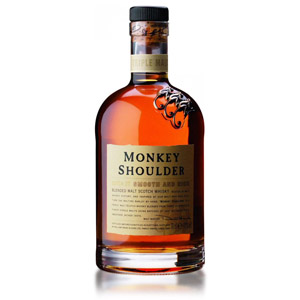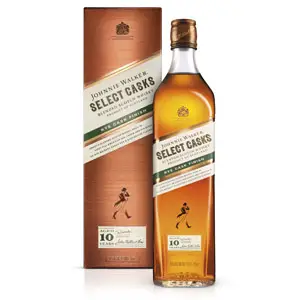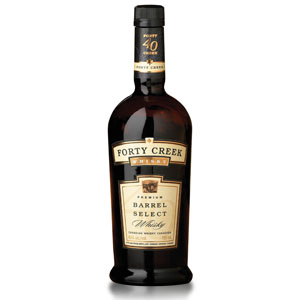I read this sort of thing frequently in blogs and hear it from the mouths of whisky evangelists: “Blended whisky can be cheap, just like any stereotype can be true from time to time, but you can’t go around generalizing like that. Each case must be evaluated on its own merit.” (I lifted some of that from this post from awhile ago.)
While this statement is correct, I’d like to offer a counterpoint. Stereotypes in human culture aren’t an accident, a case of mass delusion, or corporate propaganda. They aren’t inherently evil. Stereotypes are one of the many strategies that human brains use to reduce our insanely complex world down into manageable and understandable units. This is the same reason that we like to categorize things (Islay, Speyside, Lowland). It’s easier to think and speak about “Islay malts” when discussing peated single malts, rather than “Lagavulin, Ardbeg, Laphroaig, Bowmore, Caol Ila, Kilchoman, Bruichladdich sometimes, Bunnahabhain like once, oh and Talisker, Highland Park, Ardmore, and some BenRiach. Oh and…” Even if it’s technically incorrect, the statement “If you want to try peated scotch, go find a single malt from Islay” is easier than convoluting the technically correct but less-helpful list of distilleries into accurate advice. If everyone went around every day speaking only exact truth in exactly specific, factually correct statements, none of us would ever get anything done. We NEED stereotypes, reductionist logic, generalizations, and inaccurate categorization or we’d go flat-out nuts.
When a newcomer to the whisky scene is directed to the dizzying array of products adorning the walls of the local liquor shop, especially these days with the whisky boom and retailers stocking more and more different expressions to meet the ever-rising level of demand, I can attest firsthand that there is a sensation of vertigo. I felt, honestly, dizzy while staring for the first time at that cornucopia of liquid goodness, with absolutely no idea what differentiates any of it. Without some voice in the back of my head saying “blends are bad” (or more accurately, its partner-in-crime, “single malts are best”), I’d have been truly lost, and I’d have likely fled the store with a bottle with a sailing ship on it. Because it’s pretty. And I think I remember the name from an advertisement in Wine Enthusiast.
Let’s take one incorrect stereotype and think about it further in this context: “Blends are cheap and bad”. Unlike a lot of stereotypes, this one clearly didn’t originate from the mass-production liquor industry. Single-malt, despite the mass hysteria, is still small change to the industry. They need to sell a lot of cheap, blended booze, and this stereotype is bad news for the makers of $15 – $20 hooch, which is most of them. My guess is that this particular stereotype evolved via word-of-mouth from freshly-minted whisky anoraks (read: snobs, a moniker that I’ve been assigned more than once) as a shortcut to direct new whisky drinkers to introductory products, and as a way to short-circuit the marketing money spent by the big blends. If a newbie walks into a liquor store and sees familiar names like Chivas, Cutty Sark, Johnnie Walker, (and for that matter, Glenlivet and Glenfiddich), do you think they’re going to gravitate towards the Balvenie, the GlenDronach, or the Highland Park? No. The stereotype, while patently wrong, is nevertheless the only thing between our newbie and a life of pouring down Cutty on the Rocks (hyperbole warning).
Are all blends bad? Of course not. Are they all cheap? Absolutely not. Like all stereotypes, this one outlives its usefulness once the user attains a certain level of knowledge about the field. I would thus contend that it’s our duty, as “in-the-know” whisky drinkers to use stereotypes judiciously, and be prepared to refute them when necessary. I, for one, am grateful for the “Blends are bad” stereotype. It’s probably responsible for driving more new drinkers to single malts than any other aspect of this market, including the proliferation of whisky blogs like this one. It may well be responsible for my first decision to try a single malt, rather than stopping after my first underwhelming experience with a mass-market blend (Johnnie Red, I think). But as consumers, we need to recognize it for what it is – a tool, not an absolute truth. We need to keep our eyes and minds open, once we no longer need the training wheels to keep us on the path. We can move from “blends are bad” to “some blends are awesome, let’s find them!”. But only once we’re ready.






Absolutely right. In exactly the same way, you always have musicians complaining about being categorised and assigned a genre, while seemingly blissfully unaware that this helps fans and potential fans to recommend or find them.